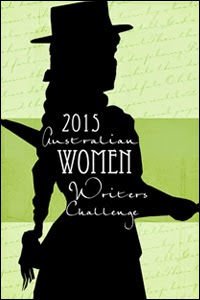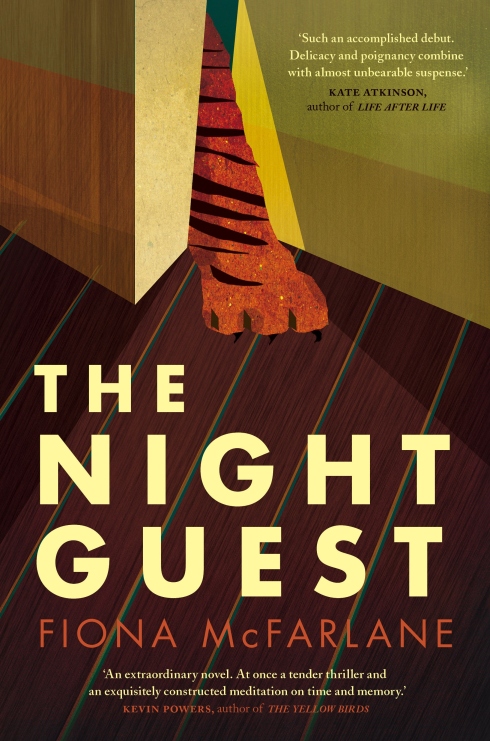 The Floating Garden is the debut novel by Northern Rivers local, Emma Ashmere. It is set in Sydney in the 1920s, where the arches of the Harbour Bridge are still making their way through the air towards each other. Down below in Milson’s Point, a colony of misfits are losing their homes as construction proceeds.
The Floating Garden is the debut novel by Northern Rivers local, Emma Ashmere. It is set in Sydney in the 1920s, where the arches of the Harbour Bridge are still making their way through the air towards each other. Down below in Milson’s Point, a colony of misfits are losing their homes as construction proceeds.
The Floating Garden interweaves the stories of two women. Ellis is an eccentric who runs a boarding house for women and girls while Rennie is an artistic Englishwoman in an unhappy marriage. When Rennie plucks up the courage to leave her abusive husband, she finds a temporary home in Ellis’s guesthouse, which is about to be demolished.
Both women look to each other to provide security – Ellis needs money, while Rennie needs a bolt-hole to hide out from her husband. As her Milson’s Point home disintegrates, Ellis relives her escape to Sydney at the age of sixteen. Her unlikely saviour was the charismatic, scheming theosophist, Minerva Stranks. She also hints at a troubled liaison in the past with Minerva’s protégé, the fragile Kitty.
I loved so many things about this book, but the characters were especially delightful. Ellis has many secrets, not least of which is her anonymous authorship of a controversial gardening column under the name of Scribbly Gum. The flamboyant Rennie hails from a life of privilege and has a hard time adjusting to her new circumstances in the poorer part of town. Her effort to blend in and cope with her situation provides a subtle touch of humour. I also enjoyed learning more about theosophy – a spiritual belief system which was very popular in the 1920s.
An early review has compared this book to Tim Winton’s Cloudstreet and there certainly are some similarities. Both books explore the wider events in society through the lens of the people affected and both focus on a working class group of colourful individuals. Like Tim Winton, Emma Ashmere has a fine hand with exuberant Australian types.
The author has a PhD focusing on the use of marginalised histories in fiction and her novel does a superb job of bringing this fragment of our past to attention. The Floating Garden is a beautifully written, gently humorous and highly detailed slice of history. It also has an absorbing story-line which kept me turning the page.
This is my third review for the 2015 Australian Women Writers Challenge.











